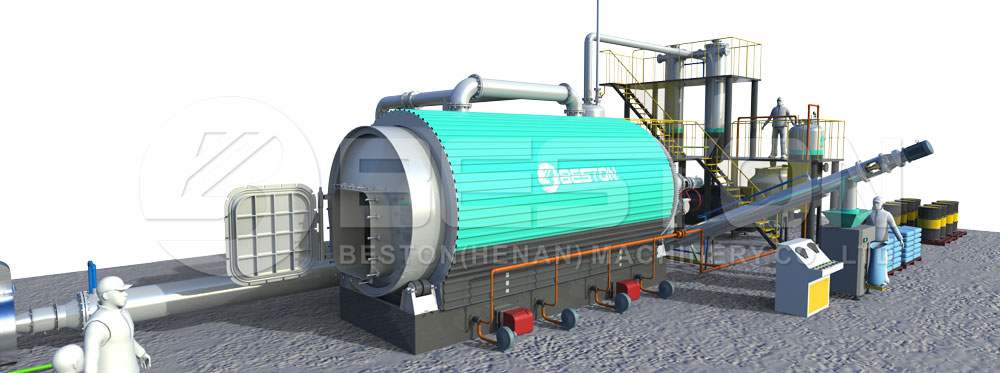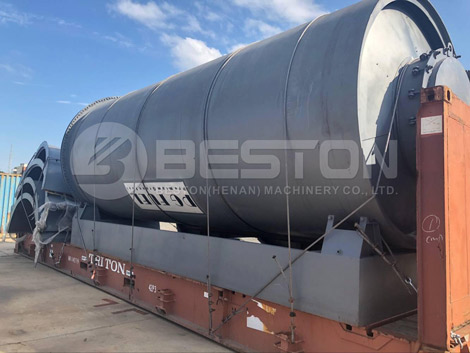Building a Waste Tyre Recycling Plant
Building a waste tyre recycling plant involves some key steps. Besides the land required, you must rent a space close to your suppliers and market. Also, you should keep in mind any zonal restrictions that you might come across while building your waste tyre recycling plant. In addition, the proper layout of the facility will help you finish the processing stage within the time stipulated. You should make sure to use every square foot of space for maximum benefits. Profit per square foot is the best metric to measure your progress in the beginning.
Stages Of a Waste Tyre Recycling Plant
The waste tyre industry is a large source of raw materials. Around 1.5 billion tyres are discarded every year, creating a huge amount of solid waste. In addition, these tyres can also be converted into valuable raw materials. They are constructed to withstand immense forces during their working life. Their composition consists of various materials, which combine to make them extremely durable. Table 2 shows the average composition of tyres.
The first stage of waste tyre recycling starts with the collection of scrap tires. Scrap tires are collected by recycling businesses and individuals. Those who collect scrap tires can be paid by these companies for their effort. Once the tires reach a certain number, they are cut into smaller pieces, which are then transported to a collection point for further processing. Afterwards, they are cleaned and packaged to be sold to companies and organizations that need raw materials for their products. In some cases, the rubber is recycled into products that are used in other industries, such as playground turf and rubber shoes.

Equipment Used In A Waste Tyre Recycling Plant
The three main methods of waste tyre recycling include pyrolysis, deep processing, and overall utilization. Pyrolysis involves turning waste tyres into low-grade carbon black and solid residue, while deep processing uses pyrolysis oil and activated carbon to produce high-grade fuel and diesel. A waste tyre pyrolysis machine from Beston uses all three types of processing methods, and even offers a pyrolysis machine to convert used tyres into oil.
Continuous type tyre recycling plant is the most costly of the three, but it has several special features, including auto feeding and discharge, multiple point monitoring of pressure and temperature, central electric control system, secondary fire retarder damper, and more. The continuous type is best suited for large-scale waste tyre dealing companies. Its automation levels and lack of reliance on labor make it ideal for larger-scale operations.
Products Produced by a Waste Tyre Recycling Plant
If you are thinking of starting your own waste tyre recycling plant, there are several important things that you must consider. Firstly, you must make sure that you have enough space for the production, packaging, and finance departments. Secondly, you must ensure that the machines and other equipment are suited for the purpose they are being used for. The size and type of machines will depend on the final products that you intend to produce. Remember, there is no universal scrap tyre pyrolysis plant size, as each product has different applications and is produced with different structure. In short, the machines you purchase should match your production capacity.
Choosing the right equipment for your plant is essential, and you can choose a batch or continuous tyre recycling plant depending on the amount of waste tyres you expect to process per day. Batch-type plants process a maximum of 12 tons per day, while continuous plants are capable of processing several tons at a time. The continuous type of plant is best for large-scale companies dealing in waste tyres. The advantages of this type of plant are that it has a high level of automation and is less dependent on labor.

Cost of a Waste Tyre Recycling Plant
You may be wondering how much a waste tyre recycling plant costs. It depends on how much you plan on recycling, the size of your plant, and what kind of material you are planning to recycle. However, the costs will vary greatly based on your requirements and the demand for the waste tyre recycling plant in your area. In this article, we will discuss the various factors that will affect the cost of a waste tyre recycling plant.
First, you should know that a waste tyre to oil plant uses pyrolysis to create renewable fuel and valuable products. The main product is called tire pyrolysis oil, which has a calorific value of 42 MJ per kilogram. It can be used as a heating fuel in industrial factories, and can also be refined into cleaner fuel. These fuels are even sold in the market as diesel for generators.